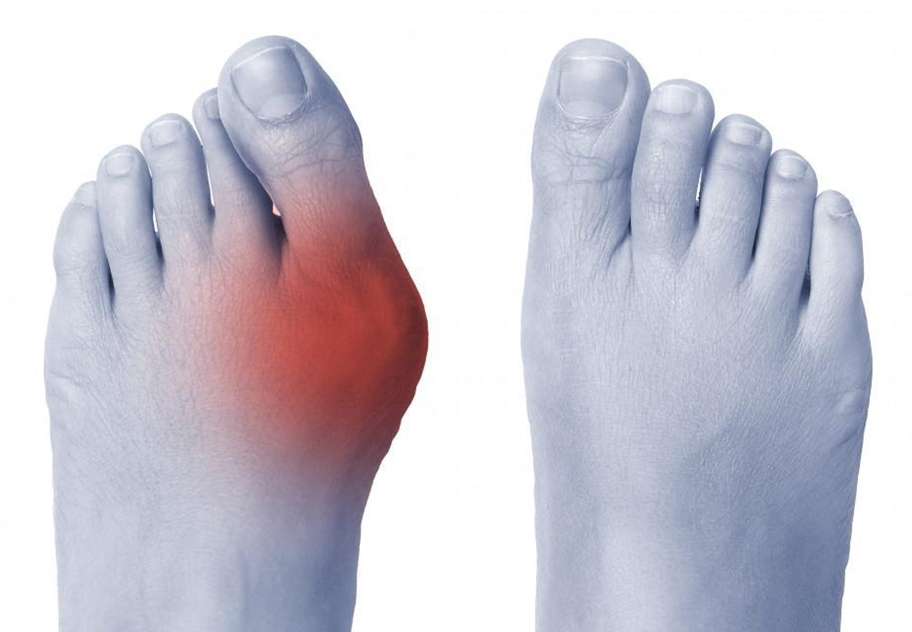
This is the most common foot deformity in the population. This foot condition affects men and women in an unequal ratio 1:4. The incidence among women is estimated to be as high as 50%!
What is a hallux valgus?
The medical term for a bunion is hallux valgus. Over time, the structure of your foot begins to change, your big toe starts to deviate towards the lesser ones and your 1st metatarsal head becomes prominent. In other words, your big toe joint slowly dislocates. This is due to abnormal high forces at the joint.
Why does this happen?
The jury is still out on this one. There is no concrete evidence behind the exact cause of this structural change to the foot.
However, the following risk factors have been identified:
1. Genetics (does it run in the family?)
2. Ill-fitting footwear (High heels, unsupportive shoes and tight footwear)
3. Joint laxity (T21 and Ehlers-Danlos)
4. Hyper-mobility (increased range of movement at joints)
5. Gender (occurs more frequently in females)
6. Pes planus foot type (flat feet)
7. Gait abnormalities (how you walk)
8. Poor foot mechanics
What should I do?
Many people go through their whole lives with no issues with their hallux valgus. The most common problem is finding footwear that can accommodate a wider forefoot. However, if you are experiencing pain you should see a podiatrist.
A podiatrist can manage your pain conservatively using chiropody care, exercises and orthotics. This can reduce the rate of progression of your hallux valgus and avoid the need for a surgical intervention down the line.
If you are experiencing foot pain, don’t ignore it.
Book a consultation with an experienced podiatrist at Bishopstown Podiatry Clinic today by phone or online.
Click to make an online appointment

Leave a Reply